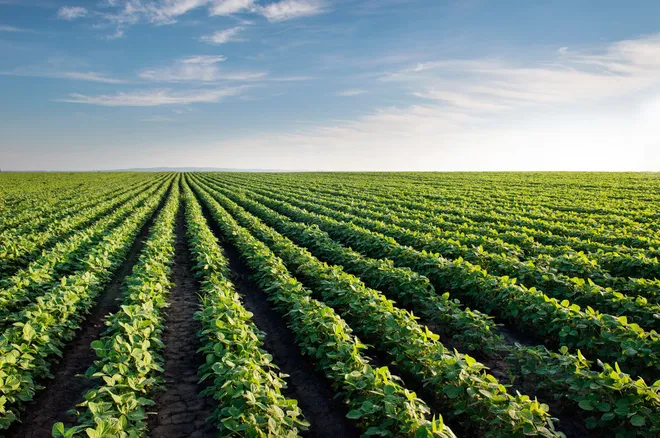Saturday, 22 November 2025

When Prime Minister Narendra Modi arrives in Varanasi on August 2, he will not merely inaugurate a series of projects—he will articulate a developmental vision that bridges India’s fields and its cities, its farmers and its future. With the launch of infrastructure and heritage projects worth Rs 2,200 crore, and the release of the 20th instalment of the PM-KISAN scheme amounting to Rs 20,500 crore for over 9.7 crore farmers, Modi is laying out a roadmap that is both physical and philosophical.
The PM-KISAN transfer, which pushes the cumulative disbursement beyond Rs 3.9 lakh crore since inception, is more than a welfare measure. In an economy where 86 per cent of farmers operate on marginal holdings, this direct income support has become a lifeline—bridging credit gaps, easing cash flow stress before sowing cycles, and enabling timely input purchases. In an age of supply chain volatility and fertiliser uncertainty, this is not just fiscal relief—it is operational resilience delivered at scale. India’s smallholder farmer doesn’t need sympathy; he needs liquidity. PM-KISAN provides exactly that.
With the Rabi season around the corner and erratic monsoons amplifying input risks, the government’s decision to front-load support signals an understanding of agri-cycles beyond the balance sheet. This is rural stabilisation, done at digital speed.
The Rs 2,200 crore infrastructure push is equally significant in how it converges with agricultural productivity. The widening of roads such as the Varanasi–Bhadohi and Chhitauni–Shool Tankeshwar corridors is not just about easing urban congestion; it is about reducing farm-to-mandi transport time, minimising post-harvest losses, and connecting hinterlands to processing hubs and export markets. These new bridges and bypasses are invisible catalysts of agri-market efficiency.
Power reforms, often overlooked, take centre stage in this rollout. With Rs 880 crore allocated to undergrounding distribution lines and modernising grid infrastructure under the Smart Distribution Project, Varanasi could soon become a prototype for energy-resilient, agri-integrated urban planning. Reliable electricity is no longer a luxury—it is a core input for cold storage, drip irrigation, climate-controlled greenhouses, and rural food processing. In the new agri-economy, power reliability equals productivity.
What sets this visit apart is the blending of hard infrastructure with soft power. The redevelopment of eight riverfront ghats, the revitalisation of Kalika Dham and Durgakund, and the restoration of Kardameshwar Mahadev Temple are as much economic acts as cultural ones. As Varanasi enhances its standing as a spiritual tourism hub, it simultaneously fuels demand for local produce—flowers, fruits, vegetables, dairy, grains—all of which tie directly into the rural economy. The refurbishment of Munshi Premchand’s ancestral home at Lamahi reinforces this message: rural India is not a relic of the past, but a cornerstone of the future.
This convergence of agri-support, urban development, and cultural investment is no coincidence. Varanasi has long served as Modi’s laboratory for a new developmental paradigm—one that rejects the binary between Bharat and India. In this model, the farm and the flyover, the subsidy and the solar grid, the ghat and the grain silo coexist in one integrated blueprint.
At a time when the Indian government seeks to elevate agriculture into a $1 trillion economy, Varanasi offers a glimpse of how. Infrastructure must not just connect cities, but markets. Income support must not just soothe distress, but seed investment. Cultural assets must not just preserve identity, but create agri-tourism linkages and rural employment.
There is also a political choreography at play. In a pre-election year, the rollout sends a clear message: performance is policy. By anchoring this narrative in his own constituency, Modi signals that development is not an abstraction—it is site-specific, measurable, and citizen-facing.
India’s agricultural ascent cannot be achieved through input subsidies alone. It will require deep structural investments in infrastructure, technology, logistics, and institutional reform. Modi’s Varanasi visit, if read in totality, is less about laying stones and more about laying claim—to an idea of India that is rooted in its soils and rising with its cities.
In transforming Varanasi’s roads, rivers, rituals, and rural economy, the Prime Minister is not just building a city. He is scripting a model—where the farm meets the future, and where India’s agri-urban convergence becomes the core of its growth story.